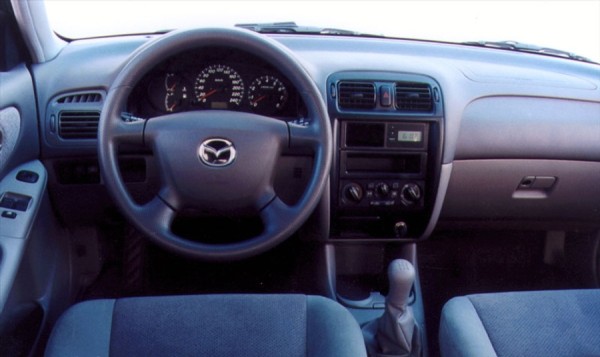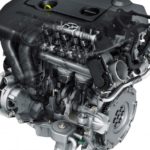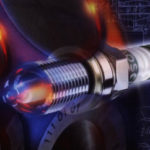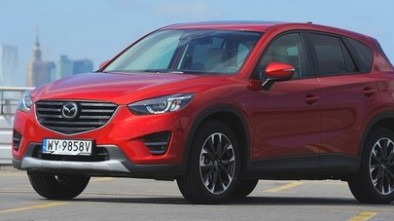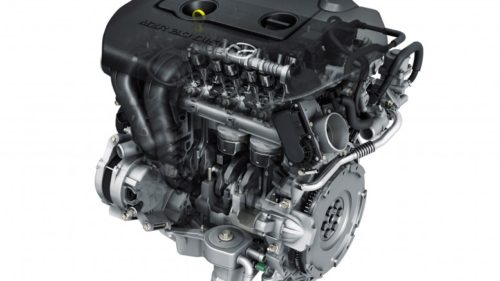Mazda 626 1997 - 2002 - Used car, advantages, disadvantages
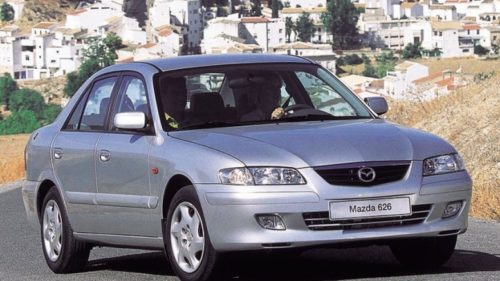
Mazda 626
The Mazda 626 of the 5s was a real bestseller. After 1979 generations and production that lasted from 2002 to 626, the Mazda 6 was named the successor to the Mazda XNUMX.
The fifth generation Mazda 626 came on the market in 1997 with a redesigned body: the front was redesigned with a smaller grille and different lights, and the suspension was lighter than its predecessor, which enabled easier handling. The best-selling was the sedan, although the fifth-door hatchback looked nicer. The space in the front seats has been increased, but many customers have complained about the short seats. The rear seats are more for shorter trips due to lack of space and comfort.
In 2000, airbags for the driver and front passenger as well as all-wheel disc brakes, air conditioning and central locking were added to the standard equipment.
For the last batch, the Japanese factory offered two gasoline and one diesel engine. The initial version Mazda The 626 had a four-cylinder 1.9 engine with 90 hp and later with 100 hp. The 2.0 or 115hp or 136hp petrol engine is more powerful. The diesel 2.0 turbo engine comes with 100 or 110 hp. The new one was a Mazda 626 Sportive with aluminum alloy wheels and a white dashboard. The gearbox is a XNUMX-speed manual, and a four-speed automatic transmission is available.
The high quality of the Mazda 626 is seen on older used cars as well.
Advantages - Mazda 626
- Quality of workmanship
- Good standard equipment
- Hold on to value
Mane - Mazda 626
- Discomfort
- There is a lack of space in the rear seats
- The front seats are quite short
- There is no ABS in the standard equipment
- If it is not serviced regularly, there may be a problem with the timing belt
- On longer trips or with a full boot, the engine is quite sluggish
- Tire wear
- Oil leaks
- Before buying, check the automatic transmission because repairs are expensive
Retrieved from: auto-mane.com
Recommendation of similar texts:

Hi there, I am Mladen and I am an auto enthusiast. I started this blog years ago to help like minded people share information about latest cars, car servicing ideas, used car info, exotic cars, and auto technology. You will find helpful articles and videos on a wide variety of cars - Audi, Mercedes, Toyota, Porsche, Volvo, BMW and much more. Ping us if you have anything cool to share on latest cars or on how to make older cars more efficient, or just want to say hi!

